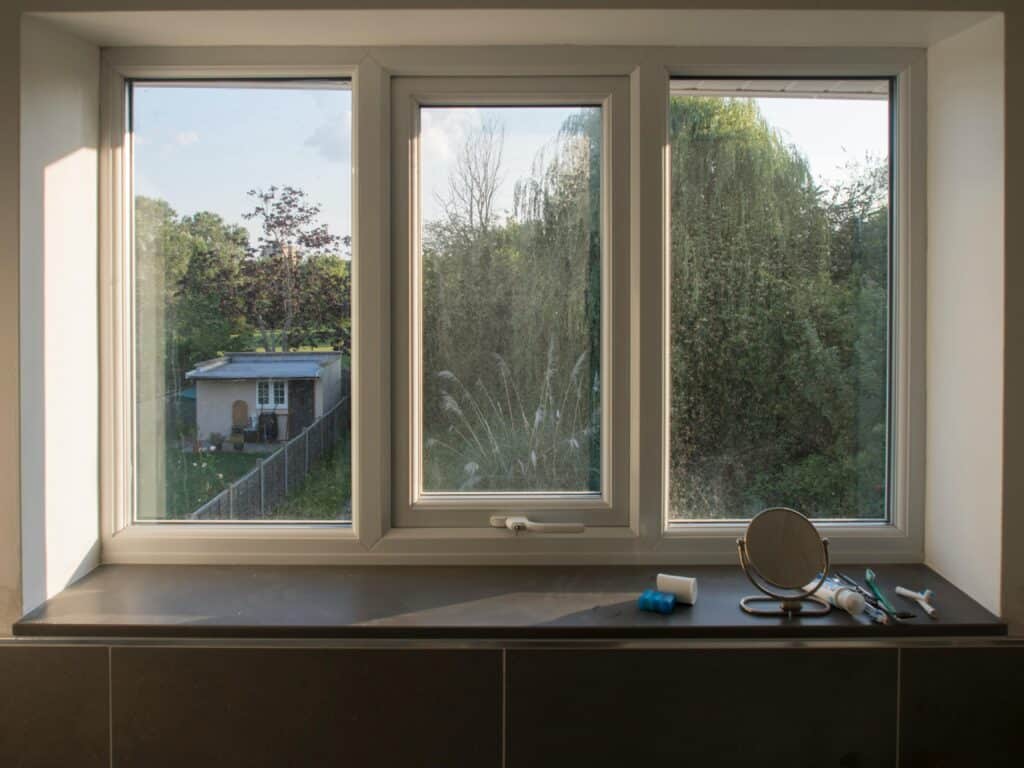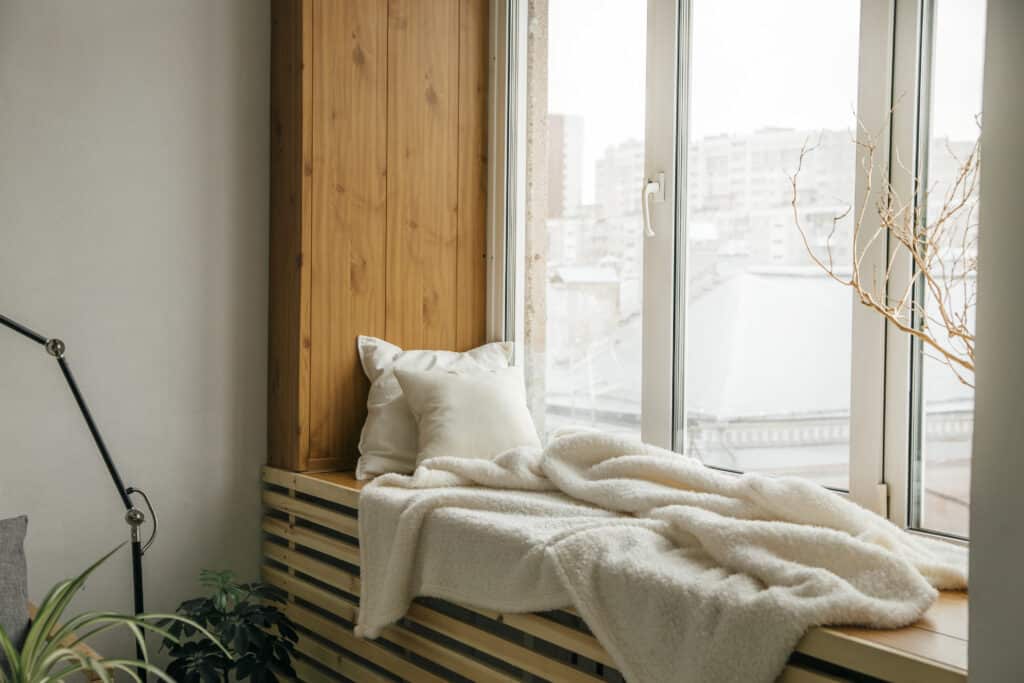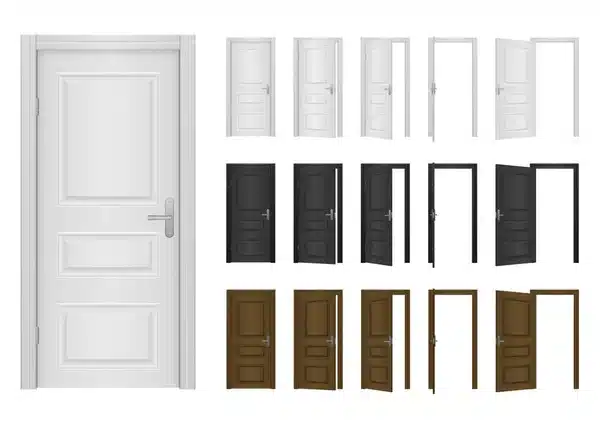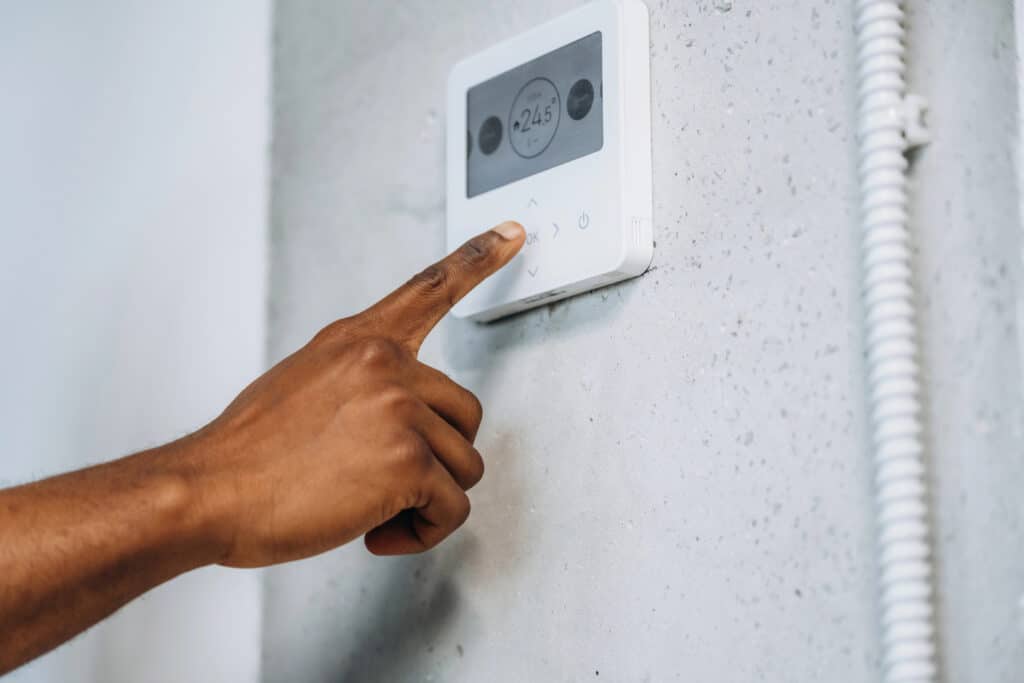
If your living space feels too cold in the winter and too warm in the summer, you’re not alone. Many people deal with uneven indoor temperatures and rising utility costs without knowing where to start.
Creating a more comfortable space doesn’t always mean a big renovation. Small upgrades in the right places can make a noticeable difference. Here are some simple ways to get started on improving comfort all year long.
Spot the Trouble Zones in Your Home

Start by walking through your space and noticing where things feel off. Are certain rooms colder than others? Do you feel a breeze near closed windows or doors? These signs can point to where air is escaping or entering. Pay attention to musty smells or condensation on walls and windows, too. These may suggest moisture or insulation problems. Identifying issues early helps you plan what to fix first—and keeps energy costs in check.
Don’t Overlook the Windows

Older or poorly fitted windows can let in drafts and drive up your heating and cooling bills. Even if they look fine, they might not be sealing properly. That’s why windows are often one of the first areas to upgrade for better energy efficiency. For reliable results, it’s smart to work with a professional window company. Look up window installer near me to find reliable and well-reputed professionals in your area who focus on quality work and long-lasting results tailored to your needs.
Insulate to Regulate Temperature
Insulation helps keep warm air in during winter and cool air in during summer. Attics and exterior walls are common areas that need attention. If your insulation is old or thin, it might not be doing its job. Upgrading to modern materials can make a big difference. This is especially helpful in older buildings that were built before current energy standards. Good insulation makes it easier to maintain a steady indoor temperature year-round.
Upgrade Old Doors and Weather Stripping

Gaps around doors and worn-out seals can let in outdoor air. Check entry points for cracks or loose fittings. Replacing or sealing them is a quick and affordable way to stop drafts. Don’t forget about less obvious areas like mail slots and attic access doors. Even small improvements can lead to more stable indoor temperatures and lower energy use.
Install a Smart Thermostat

Smart thermostats allow better control over your heating and cooling systems. You can set schedules, adjust temperatures remotely, and even track energy usage. These features help avoid overheating or overcooling, saving money while keeping your space more comfortable. They’re also easy to use, making them a good fit for busy households.
Block Drafts with Simple Fixes
You don’t always need a contractor to make your space more comfortable. Small DIY fixes can make a real difference. Use draft stoppers under doors and seal gaps around windows with weatherproof tape or caulk. Thermal curtains can also help keep out unwanted cold or heat. Outlet insulators are another easy way to stop air leaks in areas people often forget. These fixes are budget-friendly and easy to install, making them ideal for renters or anyone wanting quick results without a big project.
Check Your HVAC System

Your heating and cooling systems need regular care to work properly. Dirty filters, leaky ducts, or aging equipment can make maintaining a steady indoor temperature harder. Schedule a yearly inspection and replace filters every few months. Also, listen for strange noises or signs that your system isn’t running as efficiently as it should. Well-maintained HVAC units use less energy and do a better job of keeping the indoor air fresh and comfortable.
Improve Air Circulation with Ceiling Fans
Ceiling fans aren’t just useful in the summer. In the winter, they can be set to spin in reverse to push warm air down from the ceiling. This helps spread heat more evenly throughout a room. Fans also reduce the strain on your HVAC system by improving airflow. They are low-cost, easy to install, and come in a variety of designs to match your space. Adding fans to main living areas and bedrooms can boost comfort and energy efficiency all year long.
Consider Floor and Wall Coverings


Adding rugs, wall tapestries, or thick curtains can help with temperature control. Rugs keep floors warmer and reduce drafts from below. Curtains help regulate the effects of sun and cold near windows. These coverings also add a sense of warmth and coziness to the room. Choose thick and insulating materials, especially in rooms with tile or hardwood flooring. This simple step makes your living space more inviting while supporting other energy-saving efforts.
Let the Light In Without the Heat

Natural light is great, but too much sunlight can make rooms too warm. Window films and dual-pane glass options help block heat while still allowing sunlight. These solutions help balance indoor temperatures without blocking your view. Light-filtering shades are another easy option.
You don’t need a full renovation to enjoy year-round comfort. You can enjoy a cozy, energy-efficient space in every season by sealing drafts, managing airflow, and working with the right window professionals.
- 3shares
- Facebook0
- Pinterest3
- Twitter0



